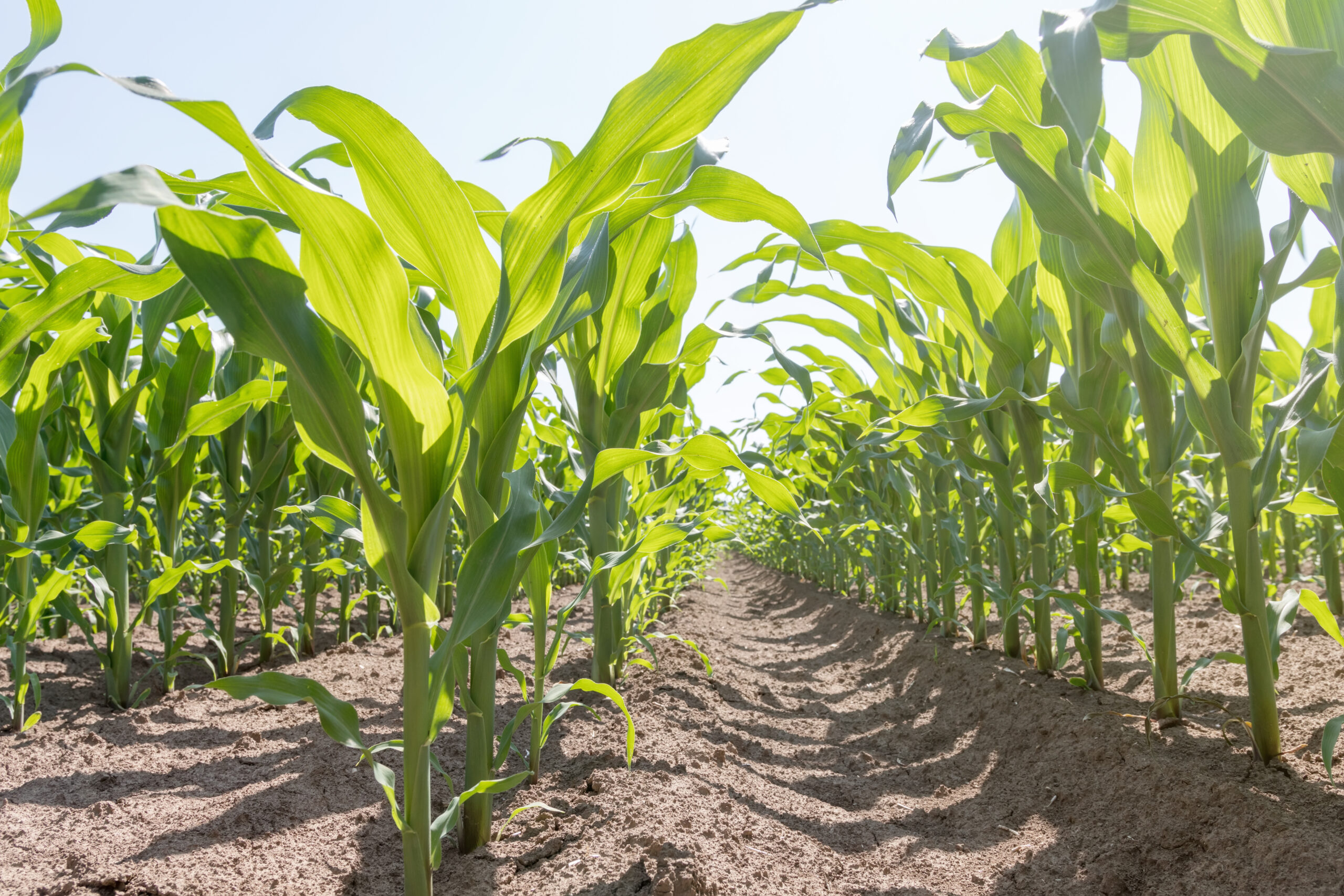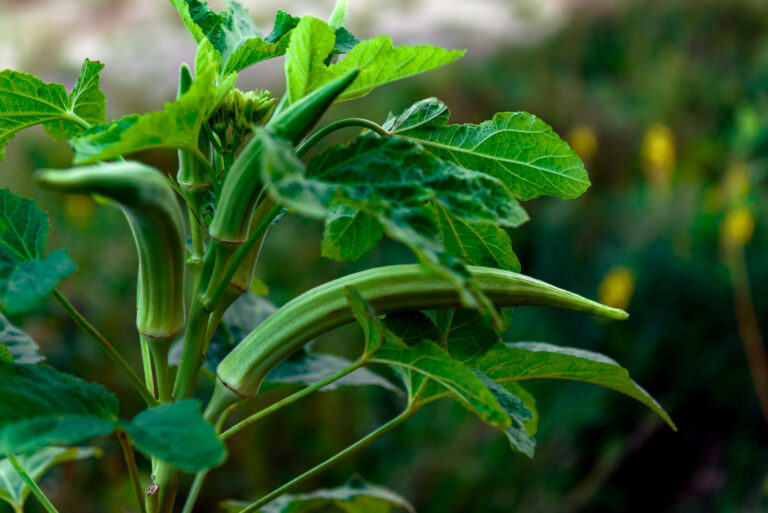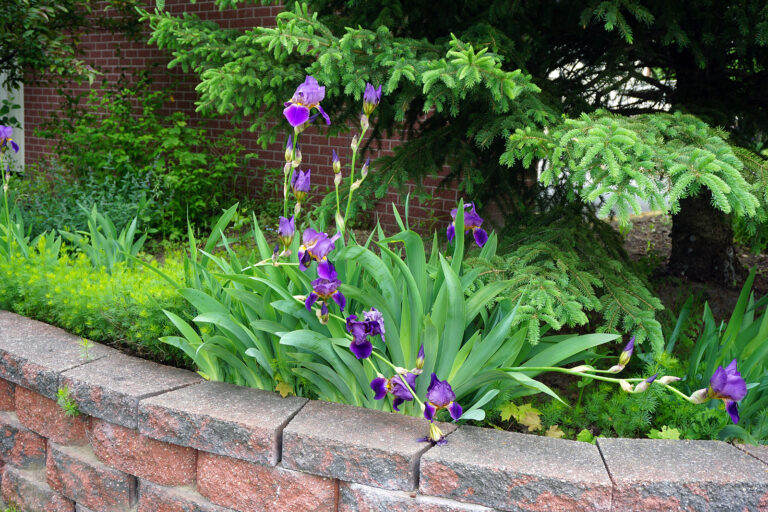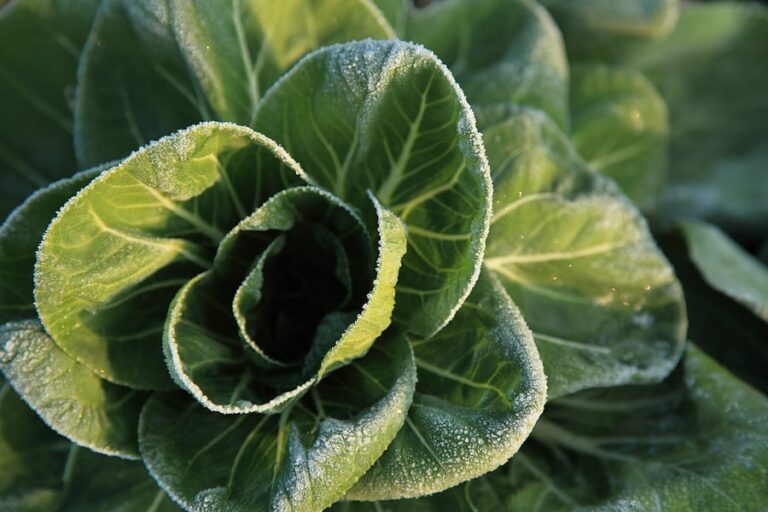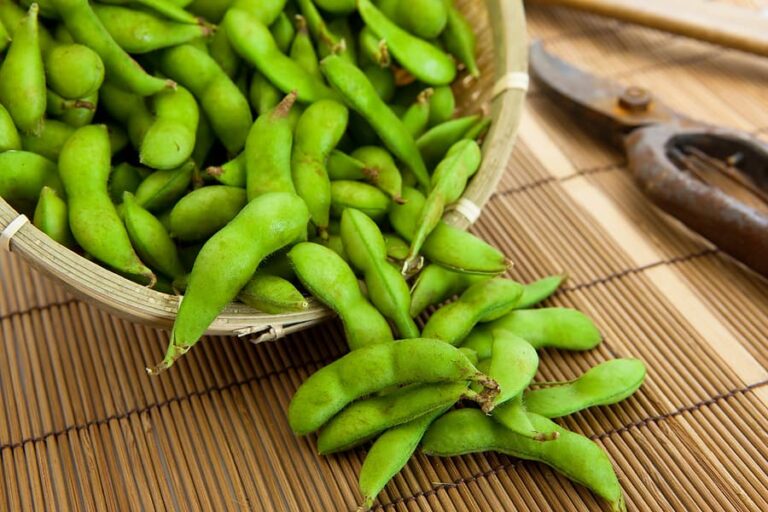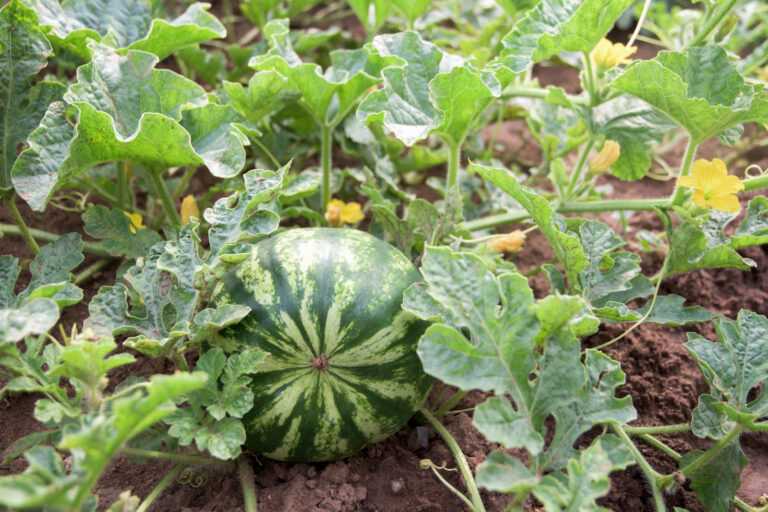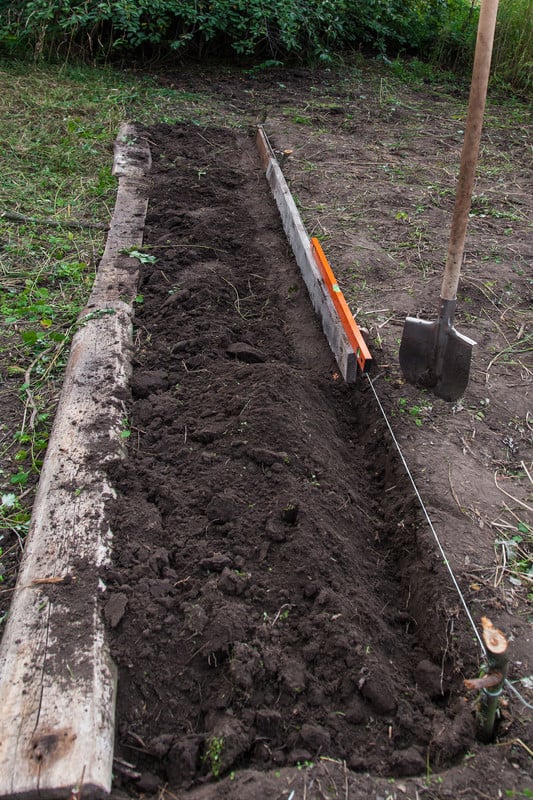What To Do When Corn Falls Over (Lodging Tips)
Corn Growing Problems: Lodging and How to Prevent It
If you’ve ever walked out to your corn patch after a summer storm and found your tall, green stalks bent or lying flat, you’ve experienced lodging. It’s one of the most frustrating problems for home gardeners growing corn—especially after all the time and care you’ve invested. After more than 30 years of growing sweet corn in different climates and soil types, I’ve learned that preventing lodging starts with good planning and a few practical techniques.
In this post, I’ll share what causes corn lodging, how to prevent it, and what to do if it happens. These tips come straight from hands-on experience and trial and error over many seasons.
What Is Corn Lodging?
Lodging is when corn stalks fall over or lean heavily. It can be caused by wind, rain, shallow roots, soft soil, or even poor nutrient balance. Lodged corn struggles to develop full ears, and sometimes it’s nearly impossible to harvest.
There are two main types of lodging:
- Root lodging: The entire stalk tips over due to weak or shallow roots, often from wind or saturated soil.
- Stalk lodging: The stalk breaks or bends at the base or midsection, typically from weak stems or heavy ears.
What Causes Corn to Lodge?
From experience, these are the most common causes of corn lodging:
- High winds and thunderstorms: Tall corn acts like a sail in strong wind. Wet soil makes it worse.
- Shallow root systems: Poor soil prep or compacted soil limits root growth.
- Too much nitrogen: Over-fertilizing can make stalks grow tall and fast but weak.
- Loose or sandy soil: Doesn’t anchor roots well, especially after rain.
- Poor plant spacing: Widely spaced plants don’t support each other.
- Late-season pests or disease: Can weaken stalks structurally.
I’ve had entire rows tip over in a single storm when I got overzealous with fertilizer or skipped hilling the soil around the base of the plants.

How to Prevent Corn Lodging
Here are the steps I now take every season to keep my corn standing strong—even through summer storms.
1. Hill the Soil Around Stalks
About three to four weeks after planting, I use a hoe to mound soil around the base of each stalk. This anchors the plant and encourages deeper root growth. I usually do this again when the stalks are knee-high.
2. Plant in Blocks, Not Rows
Planting corn in a block (like 4×4 or 5×5) instead of a long row helps the plants brace each other in wind. This has made a big difference in my garden.
3. Avoid Over-Fertilizing
Corn loves nitrogen, but too much leads to fast, weak growth. I apply a balanced fertilizer at planting, then side-dress with nitrogen only twice—once when stalks are about 12 inches tall, and again when tassels appear.
4. Improve Soil Structure
Before planting, I work in compost and well-rotted manure to improve drainage and soil integrity. Avoiding soil compaction during planting also helps roots penetrate deeper.
5. Water Consistently
I use a soaker hose to water deeply and consistently—about 1 to 1.5 inches per week. Deep roots resist toppling.
6. Choose Sturdy Varieties
Some corn varieties are more resistant to lodging. Shorter or dwarf types tend to stand up better in windy conditions. I’ve had great luck with Bodacious and On Deck.
7. Watch for Disease and Pests
Keep an eye out for corn borers, smut, and rootworms. Catching issues early helps prevent weakened stalks later in the season.
What to Do If Your Corn Lodges
Sometimes, despite your best efforts, lodging happens. Here’s what I do when it does:
- Upright the plants gently: If the roots are intact, stand them back up and mound soil at the base. Stake them if needed.
- Water and feed: Give them a deep drink and a mild boost of balanced fertilizer to help them recover.
- Harvest early: If the plants are badly damaged, harvest what you can sooner rather than later.
Final Thoughts
Lodging is one of those corn-growing challenges that every gardener faces at some point. But with the right techniques and some garden-tested wisdom, you can minimize the risk and enjoy strong, upright stalks through harvest time.
Over the years, I’ve learned to view lodging as a reminder of the power of wind, weather, and soil—and the importance of building resilience into every part of my garden.
Let me know in the comments: Have you had problems with lodging? What’s worked for you to prevent it?
Overview Post: How to Grow Corn: The Complete Guide from Planting to Harvest
🌽 Related Posts: Explore More on Growing Corn
🌱 Getting Started with Corn
- Starting Sweet Corn from Seed: Proven Tips for Early Success
- When and Where to Plant Sweet Corn for the Best Yield
- Planting Sweet Corn: Spacing, Block Planting, and Depth Tips
- Can You Grow Corn in Containers? Yes-Here’s How
💧 Watering, Feeding, Pollination & Care
- How to Water and Fertilize Sweet Corn for Maximum Yield
- Sweet Corn Pollination: Natural and Hand-Pollination Tips
- The Best Companion Plants for Sweet Corn (And What to Avoid)
- What To Do When Corn Falls Over (Lodging Tips)
🌽 Harvest, Storage & Serving
- How to Harvest and Store Sweet Corn
- How to Store Fresh Corn and Preserve It for Later
- Seven Easy Wasy to Cook and Serve Sweet Corn
🐛 Pests, Diseases & Troubleshooting
🌟 Sweet Corn Varieties

